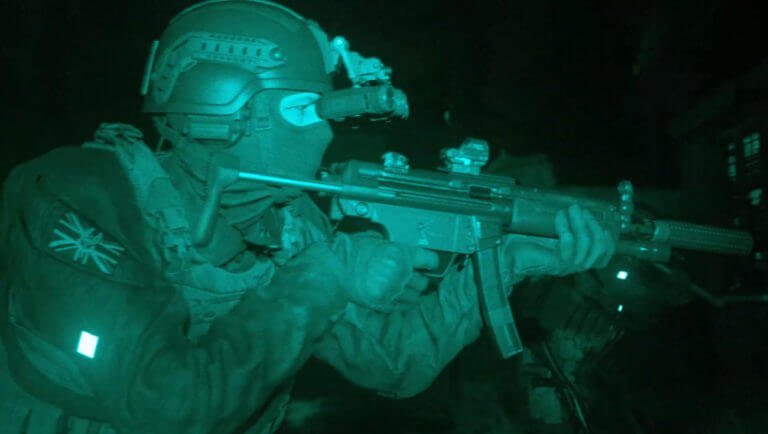-
Popular Video Game “Call of Duty” Is Given Artistic Protections For Purposes of Defending Against Trademark Claims
04/26/2020
 A recent trademark decision in the Southern District of New York has extended First Amendment protections generally reserved for works of art to the popular video game “Call of Duty.” Analyzing video games as expressive works for purposes of federal trademark claims has widespread legal implications for video game manufacturers and distributors, allowing them an important shield against allegations of trademark infringement.
A recent trademark decision in the Southern District of New York has extended First Amendment protections generally reserved for works of art to the popular video game “Call of Duty.” Analyzing video games as expressive works for purposes of federal trademark claims has widespread legal implications for video game manufacturers and distributors, allowing them an important shield against allegations of trademark infringement.
In 2017, AM General LLC, maker of Humvee vehicles and owner of the Humvee mark, brought an action against the Activision Blizzard, Inc., Activision Publishing, Inc. and Major League Gaming Corp., the developers, distributors, and broadcasters of the “Call of Duty” video-game franchise, alleging trademark infringement and false advertising, among other things, for the use of Humvee vehicles in “Call of Duty” games and advertisements. Last year, Defendants filed a motion for summary judgment seeking to dismiss all of AM General’s claims, arguing that they were barred under Second Circuit precedent in Rogers v. Grimaldi, 875 F.2d 994 (2d Cir. 1989), which sought to strike a balance between, on the one hand, commercial trademark rights, and on the other hand, the First Amendment protections afforded to “artistic or expressive works.” Defendants’ motion was further supported by an amicus brief filed by intellectual-property professors from law schools around the country, seeking a ruling that the video games at issue are “expressive works” and asking the court to dismiss AM General’s claims on the ground that the presence in the game of the Humvee vehicles and mark are permissible trademark use.
The Southern District of New York agreed with Defendants and the amici that the video games should be analyzed as “artistic or expressive works,” which are allowed “to make use of trademarks under most circumstances without facing liability under the Lanham Act.” In Rogers v. Grimaldi, the Second Circuit put forth a two-part balancing approach for analyzing trademark infringement claims against works of artistic expression: (i) whether the use of the trademark has any artistic relevance to the underlying work whatsoever and (ii) whether the use explicitly misleads as to the source or the content of the work. Here, the Court held, the use of Humvees has artistic relevance as it evokes a “sense of realism and lifelikeness to the player,” who is playing from the point of view of a military soldier. And where AM General’s overarching purpose is using its mark to sell vehicles to militaries, and Defendants’ purpose is to create a modern warfare video game for purchase by consumers, the Court held that AM General could not prevail on its trademark claims.
Courts grapple often with the tension between, on the one hand, the property rights of owners of intellectual property (including copyright and trademarks), and on the other hand, the free-speech rights of artists who seek to make expressive use out of the intellectual property of others. We see this tension play out in cases involving fair use, parodies, and more. We have also covered legal developments in how courts have analyzed art in video games before, but this decision marks the first time that the Southern District of New York has analyzed video games as art for purposes of trademark law. In an art landscape that is increasingly experimenting with new uses of technology, interactivity, and many forms of media, this decision is an important reminder that courts may be increasingly willing to provide important legal protections to expressive works that do not fit neatly into traditional categories of “art,” including video games.
Art Law Blog
